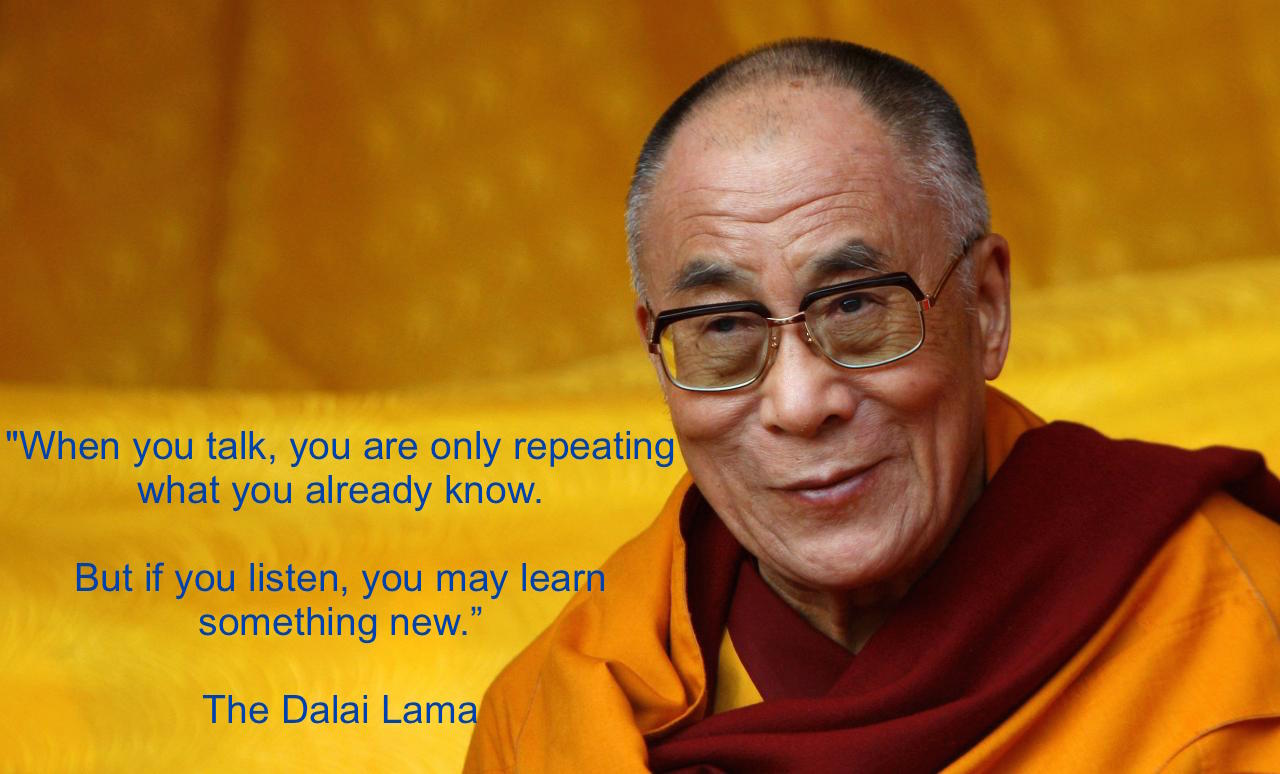 Diana Harbor, BA
Diana Harbor, BA
Audiological Scientist & Speech and Language Therapist
The Ear Foundation Nottingham England
This week yet again I have been reminded of the very powerful force of kindness and its power source…the listening ear. Yesterday I had the privilege of being with a group of teenagers all living with hearing loss, using different technology from cochlear implants to bone implanted devices with different personalities and experiences of the world, some who had never met each other before. We all took part in an exciting improv, drama workshop at the Ear Foundation. Much of the afternoon was spent in small groups creating wonderful stories and weaving a single idea into a feast of creativity that JK Rowlings would have drooled at. And the real magic happened as Loydie, a DJ from Capital radio, revealed to us very simple techniques for keeping ideas going, for turning problems into new ideas and for getting the best out of each other. The power of using the phrase “…yes and” and how to do this while listening and maintaining eye contact.
Yesterday I had the privilege of being with a group of teenagers all living with hearing loss, using different technology from cochlear implants to bone implanted devices with different personalities and experiences of the world, some who had never met each other before. We all took part in an exciting improv, drama workshop at the Ear Foundation. Much of the afternoon was spent in small groups creating wonderful stories and weaving a single idea into a feast of creativity that JK Rowlings would have drooled at. And the real magic happened as Loydie, a DJ from Capital radio, revealed to us very simple techniques for keeping ideas going, for turning problems into new ideas and for getting the best out of each other. The power of using the phrase “…yes and” and how to do this while listening and maintaining eye contact.
The reason I’m sharing it here is I will be using it in practice and it was a light bulb moment for me. Well maybe that’s a bit dramatic but definitely some sparks and embers that I’m going to ruminate over and feed with other new ideas on the subject. So if you are partial to a camp fire…feel free to bring along your marshmallow on a stick and sit with me for a bit as I share with you what I’ve learnt.
The Power of “Yes and…”

“Yes and…” Ideas start to fly; we feel accepted and heard
In the improv workshop we all put the idea of “yes and…” into practice as we started a story with “let’s go to…”. As one teenager started with a single idea (“Let’s go to the beach”), his team mates were asked to reply with “yes and…”
Wow!! This simple phrase encouraged a wave of ideas from “yes and we could build a sand castle”, “yes and we could build it so high it reached into space”, “yes and we could eat our picnic on the moon”, “yes and we could discover a new specifies of plant life that ends world hunger” or “yes and we can ride in a Lamborghini with the top down.”
At the heart of “yes and …” lay the principles of listening first, starting from what was shared, then accepting and acknowledging the value of the idea offered and then moving it forward by sharing ourselves. We were all amazed how quickly our ideas flowed, how quickly we got to exciting places in our minds because the people around us were listening and affirming our ideas. When it worked well, we bonded quickly with our groups and we were sad to leave them as we moved into different groups. It feels so good to be looked at, heard and our ideas enjoyed.

Compare to the Impact of “Yes, but …”

“Yes but…” usually means “we can’t”
Loydie then asked us to try the exact same activity, but this time when ideas were shared around the group instead of saying “yes and…. ” we had to say “yes but…” Not to overuse the campfire metaphor but this equally succinct phrase was like pouring cold water on the fire, as ideas fizzled into soggy piles of embarrassment and stray sparks leapt up in defensiveness. Now all our energies were going into planning our negative responses, usually judgmental. “Let’s go to the beach…” “yes but it looks like it might rain”, “yes but we could take umbrellas”, “yes but it’s windy too they won’t work”….You get the idea now …. Whereas before our conversations and ideas flowed in a safe circle of sharing and equal power, now we found ourselves feeling dismissed, having to force our ideas into the circle — and the quieter members of the group withdrew completely.
Now it turns out the “yes and” and the “yes but” have been used in business seminars for ages and are well-known concepts. This would explain some of the yawns I see around our campfire at the moment…. but if you, like me, had not seen its magic in action, grab another marshmallow and read on because it turns out we need to use it with our colleagues, and some wonderful research is happening related to this area.

Start Here
I thought about business meetings, team meetings and meetings with the families we work with. How often do I go in with a “yes but…” mindset instead of a “yes and…” one? When it comes to working with the teenagers and families, I can say I am very mindful of my “yes and…” practice to make it person-centred, to guard against the terminator response. But back at work, in my team, am I as compassionate and kind? In our team meetings as we thrash out ideas for improving our service or in little discussions we had in the office? I found this such a challenge to really look at how I need to transform every aspect of my listening and responding in all areas of my life. Listening and responding with my third ear, as explained by the wonderful Dr Kris English, has to start very close to home, with me, in my team to grow compassion and in doing so encourage ideas and inspire success.
“Yes and” … is an EBP (Evidence-Based Practice)
Yes and some great research is showing that teams where kindness is abundant, where members are vigilant about taking care of each other are the groups that are the most innovative, successful and happy.
And this is not just about the workplace; it starts with our training. An article published by Dr Theo Gilbert from the University of Hertfordshire examined how the quality of compassion can be measured and more importantly accredited in university students. Yes you did read right, compassion….Hooray some common sense prevails!
 The research looks at supporting students in the use of explicitly compassionate interactional strategies during their weekly seminar interactions. Exercises at the very start of seminar sessions made each member of the group think more carefully about their role in the group and how their behaviour could create negative or positive experiences for others in the group. Opportunities for thinking about positive behaviours on a group were encouraged, like initiating and sustaining ideas through eye contact and vocalisations. Results: quieter members of the groups found their voice; students who would normally monopolise discussions were more mindful of holding back; all students were sharing more and demonstrated a higher level of critical thinking too.
The research looks at supporting students in the use of explicitly compassionate interactional strategies during their weekly seminar interactions. Exercises at the very start of seminar sessions made each member of the group think more carefully about their role in the group and how their behaviour could create negative or positive experiences for others in the group. Opportunities for thinking about positive behaviours on a group were encouraged, like initiating and sustaining ideas through eye contact and vocalisations. Results: quieter members of the groups found their voice; students who would normally monopolise discussions were more mindful of holding back; all students were sharing more and demonstrated a higher level of critical thinking too.
So whether you are an audiology student in weekly tutorials or a fully fledged professional in a clinic with monthly team meetings, remember we need to see these opportunities as times to practice and hone our skills for compassionate listening. See them as the playground for practising genuine curiosity about other people’s ideas and sensitivity towards those members who may need a bit more space and silence to share their views. Walking the walk of being family- and patient-centred, truly embodying the qualities of a professional who steps into the clinic or family’s home and coaches not cajoles, who listens with thinking of our next response, who live and breathe compassion and kindness.

Thanks you for reading on and listening and I wish all of us luck as we go forth and listen with our third ear and value and look forward to the responses of others.
As promised, the link to the research study:

